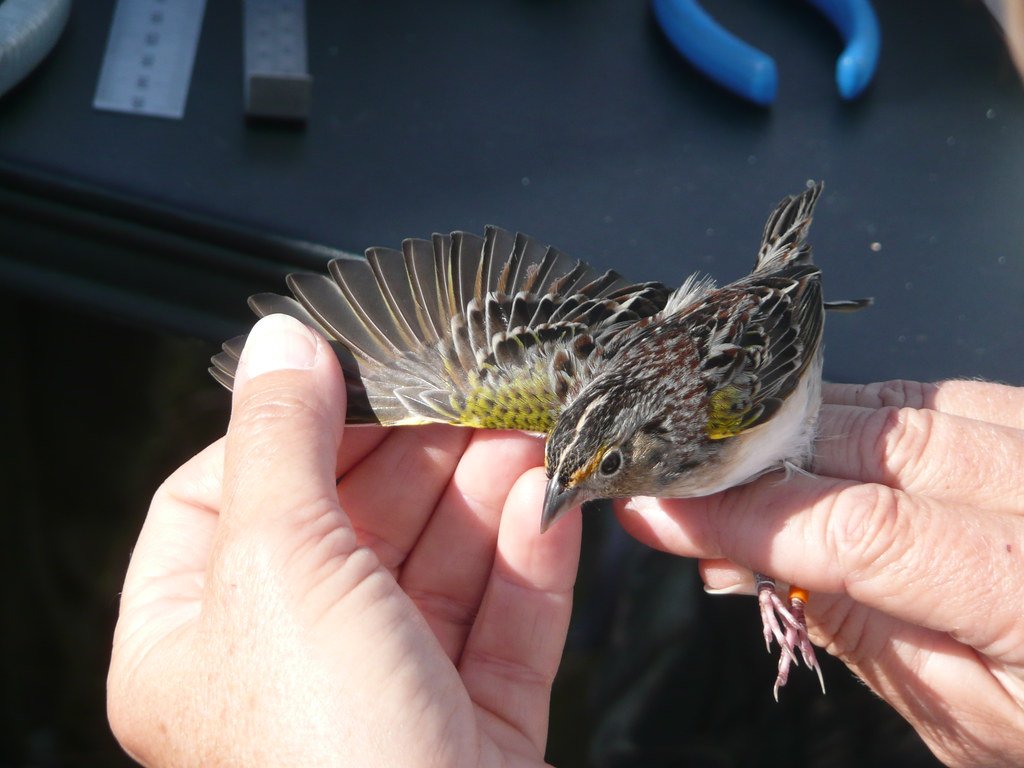A thick fog rolls over a silent billabong. The water is still, except for the occasional ripple—maybe a fish, maybe something else. Suddenly, a low bellow echoes across the dark surface, sending a chill down your spine. For generations, Australians have whispered about a shadowy beast lurking beneath their rivers and swamps. It’s called the Bunyip, and its legend is as haunting as the outback itself. What is this creature that has inspired fear, wonder, and endless debate? Is it pure myth, misunderstood animal, or something stranger still? Dive into the mystery that has both terrified and fascinated Australia for centuries.
Origins of the Bunyip Legend
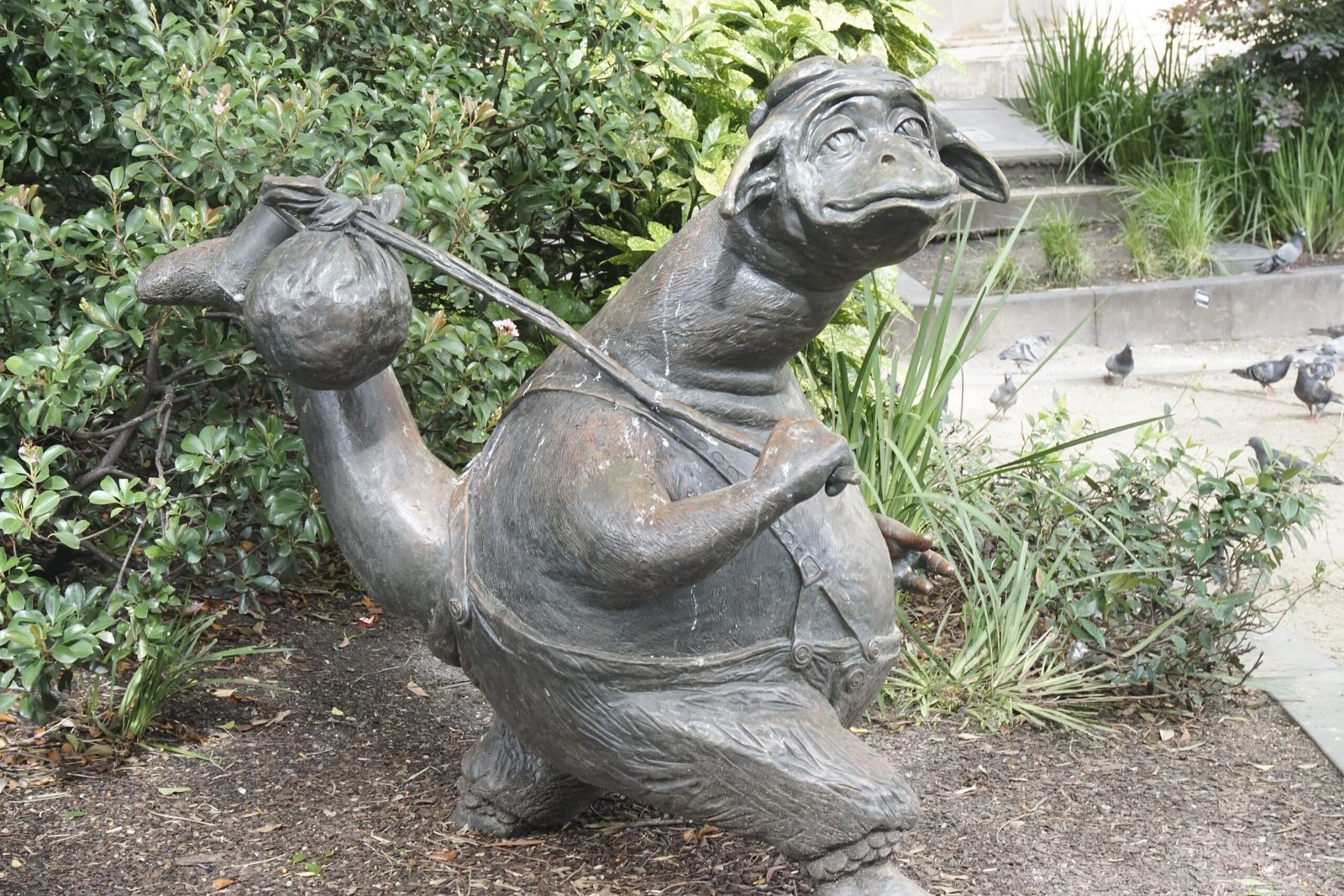
The story of the Bunyip goes back far before European settlers arrived in Australia. Indigenous Australian tribes told tales of a powerful water spirit that haunted creeks, billabongs, and marshes. These stories were often shared as warnings, especially to children, to keep them away from dangerous waters. Early colonial settlers soon picked up the legend, adding their own twists and details. Over time, the Bunyip became a symbol of the unknown lurking just beyond the edges of civilization. The name “Bunyip” itself is thought to come from the Wemba-Wemba or Wergaia languages, meaning “devil” or “evil spirit.” The legend has shifted and grown, but its power to inspire awe and fear remains just as strong today.
Physical Descriptions: Shapeshifter of the Swamps
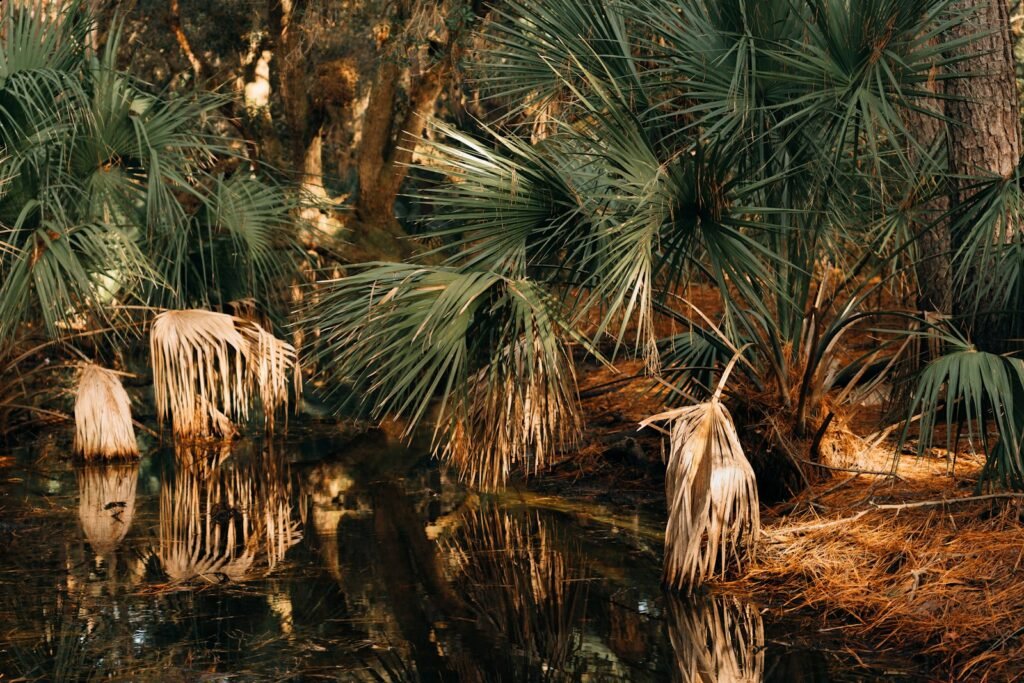
One of the most intriguing things about the Bunyip is how wildly its appearance varies between stories. Some say it looks like a huge, shaggy dog with a long neck and a horse-like tail. Others describe a creature with a dog’s face, crocodile’s body, and flippers like a seal. Still more accounts mention a bird-like beak, tusks, or even feathers. This shapeshifting quality only deepens the mystery, making the Bunyip nearly impossible to pin down or categorize. Scientists and folklorists believe these varied descriptions could have come from fleeting glimpses of real animals, distorted by fear and imagination. The very idea that the Bunyip could be anything—or everything—keeps its legend alive.
Bunyip Habitats: Where Does It Lurk?
The Bunyip is said to inhabit Australia’s rivers, billabongs, swamps, and even deep waterholes. These wet and often murky environments are perfect settings for secrets to hide. Many reported sightings come from the lush wetlands of southeastern Australia, where foggy mornings and thick reeds create an air of mystery. Some Aboriginal groups believed specific waterholes were haunted by Bunyips, and these places became taboo. Even today, some remote locations are treated with caution, out of respect for ancient warnings. The connection between the Bunyip and water isn’t just practical—it’s also symbolic, representing nature’s dangers and untamed power.
Indigenous Perspectives and Cultural Significance
To many Indigenous Australians, the Bunyip is more than just a scary story—it’s a part of their cultural identity and connection to the land. The creature often appears in Dreamtime tales, which explain the origins of the world and its features. In these stories, the Bunyip is sometimes a guardian, sometimes a punisher, but always a force to be respected. The legend served as a way to teach children about water safety and the importance of honoring natural places. Even as the story has shifted over time, its roots in Indigenous knowledge and spirituality remain deep and powerful.
European Encounters and Sensational Reports
When European settlers arrived in Australia in the 19th century, they quickly became fascinated—and terrified—by the Bunyip legend. Newspapers of the era were filled with sensational reports of strange creatures seen in the wild. In 1845, a skull was discovered near the Murrumbidgee River and declared to be from a Bunyip, causing a frenzy of excitement. Museums displayed mysterious bones, and explorers claimed to hear unearthly howls coming from the swamps. These stories fueled both scientific curiosity and public hysteria, blending fear of the unknown with a thirst for adventure.
Scientific Theories: Fact or Fiction?
Modern scientists have tried to unravel the truth behind the Bunyip legend. Some believe it could be based on real, though misidentified, animals like the Australian fur seal, which sometimes wanders inland along rivers. Others suggest that the legend might be a distant memory of extinct megafauna, such as the giant diprotodon or the marsupial lion, whose bones have been found in Australia’s ancient lakes. Skeptics argue that the Bunyip is purely a product of imagination, fueled by fear of the dark and unfamiliar. Yet, the persistence of the legend suggests there’s something deeper at play—perhaps a blend of fact and fiction that speaks to humanity’s love for mysteries.
Bunyip in Popular Culture
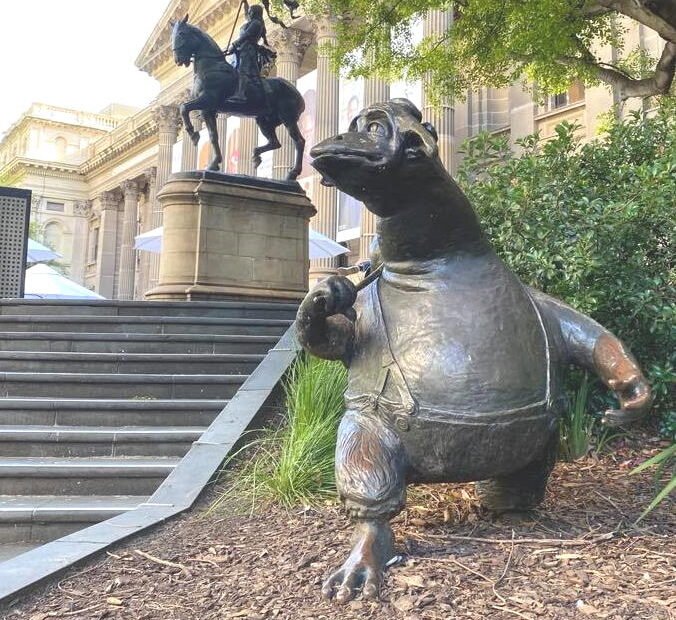
The Bunyip isn’t just a relic of old stories—it lives on in Australian popular culture. Children’s books, television shows, and even cartoons have brought the creature to new generations, often in a less frightening and more whimsical form. The Bunyip appears as a character in classic literature, like “The Bunyip of Berkeley’s Creek,” and is celebrated in local festivals. Statues and signs mark supposed Bunyip sightings in small towns, turning fear into fun. Through these new interpretations, the Bunyip has shifted from a source of terror to a beloved icon of the Australian landscape.
Modern Sightings and Ongoing Mysteries

Despite advances in science and technology, reports of the Bunyip have never fully disappeared. From the 19th century to today, people still claim to hear strange sounds or see unexplained ripples in the water. Modern witnesses describe eerily similar encounters—an unforgettable noise, a shadowy figure vanishing below the surface. These stories are often dismissed as hoaxes or misidentifications, but they keep the legend alive. The persistence of these tales suggests that the Bunyip is more than just a myth—it’s a living part of Australia’s folklore, an unsolved riddle that refuses to fade away.
The Bunyip’s Role in Environmental Awareness
In recent years, the Bunyip has found a surprising new role as an environmental symbol. Conservationists use the creature to highlight the importance of Australia’s wetlands and the risks they face from pollution and climate change. The Bunyip’s mythical status draws attention to the need to protect the natural habitats that inspired its legend. By linking the Bunyip to real-world conservation efforts, advocates hope to inspire a new sense of wonder and responsibility toward the country’s unique ecosystems. This blend of myth and science shows how ancient stories can help shape modern action.
Why the Bunyip Captivates Us

There’s something deeply human about our fascination with the Bunyip. It embodies our fear of the unknown, our respect for nature’s power, and our endless curiosity. The Bunyip’s story reminds us that not everything can be explained, and that a little mystery can be a good thing. Whether seen as a monster, a protector, or a symbol, the Bunyip continues to inspire awe and debate. Its legend connects us to the past, to the land, and to each other, sparking conversations that cross generations and cultures.
Reflections on Australia’s Enduring Water Monster
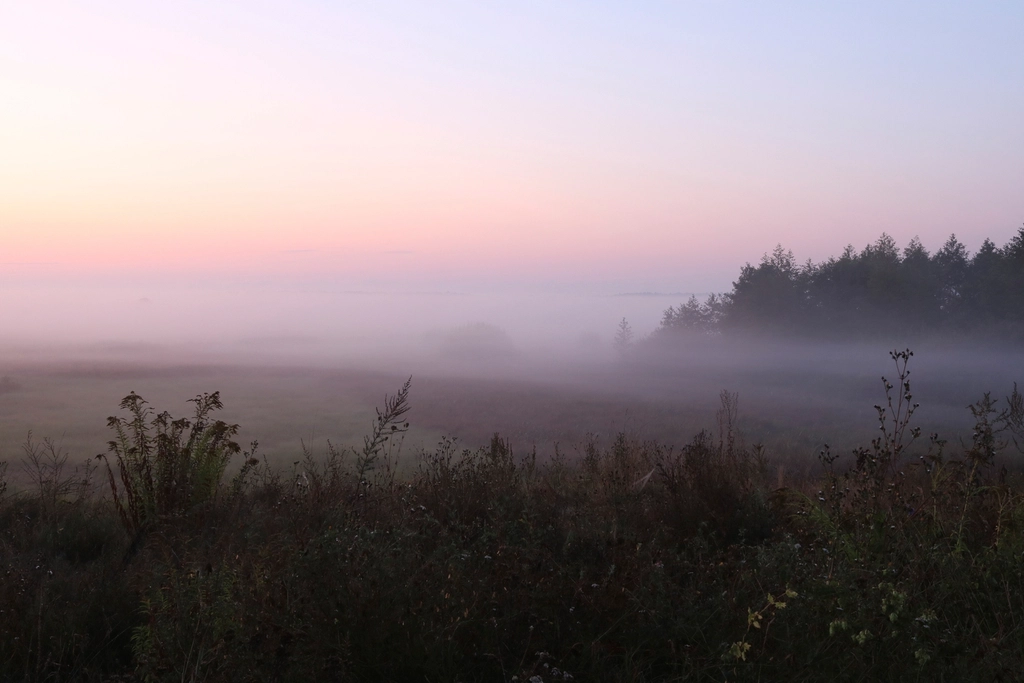
The legend of the Bunyip is more than a campfire tale—it’s a living thread woven through Australia’s history and identity. It challenges us to look beyond the surface, to question what we know, and to respect the natural world’s secrets. The Bunyip’s shifting shape and elusive presence remind us that some mysteries are meant to be kept. As long as there are wild waters and curious minds, the Bunyip will continue to haunt the edges of our imagination. What would you do if you heard a deep, echoing howl in the mist?




